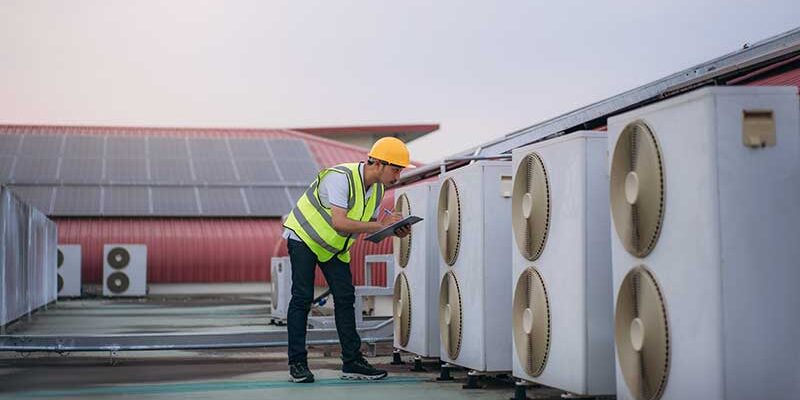As the world deals with the growing effects of climate change, one of the most noticeable changes has been an increase in global temperatures. This surge not only exacerbates pain during the hotter months, but it also has a substantial impact on our reliance on technology solutions to keep indoor temperatures acceptable. Air conditioning, previously considered a luxury, has quickly become a need for millions of people around the world.
Understanding Heat
The link between rising global temperatures and increased air conditioning demand is undeniable and worrying. As average temperatures rise, so does the number of days when air conditioning is required to maintain a comfortable indoor atmosphere. This is especially noticeable in areas where summers were once gentler and air conditioning was deemed unnecessary. Households, businesses, and public buildings in these locations are now in urgent need of cooling system installation or upgrades.
Climate Change and Urban Heat Islands
Urban regions are especially prone to these changes because of the “urban heat island” effect, which occurs when buildings, roads, and other infrastructure absorb and re-emit heat from the sun more than natural landscapes like woods and bodies of water. This makes cities warmer than rural areas, increasing the reliance on air conditioning systems in metropolitan environments.
Economic and Energy Implications
The growing demand for air conditioning affects not only personal finances, but also the overall energy grid. Higher demand results in greater energy consumption, which not only raises home electricity bills but also strains the energy production and distribution networks. This increase in energy demand frequently coincides with peak load times, resulting in power disruptions and forcing energy providers to rely on ecologically destructive peak-load facilities to meet demand.
Environmental Impact
The environmental impact of rising air conditioning use goes beyond energy consumption. Most air conditioning equipment use refrigerants, which, if not handled properly, can contribute to greenhouse gas emissions. The paradox is clear: as we use more air conditioning to counteract the heat, we risk increasing the very problem of global warming.
Adaptation and Mitigation Strategy
Addressing the increasing demand for air conditioning in a warming environment necessitates both adaptation and mitigation measures. Innovations in air conditioning technology, such as the creation of energy-efficient systems and the use of ecologically benign refrigerants, are critical. Furthermore, urban planning and building design that promotes natural cooling and energy efficiency can lessen the demand for mechanical cooling systems.
Looking ahead
Governments and stakeholders must also play a role in enforcing energy efficiency standards and promoting research into sustainable cooling technology. Public knowledge and behavioral adjustments, such as altering thermostat settings and minimizing heat generation within buildings, can also make a substantial contribution to more sustainable cooling demand management.
To summarize, as the earth heats, the demand for air conditioning is expected to rise, emphasizing the critical need for innovative ways to manage this demand sustainably. We can reduce the impact of growing cooling needs by combining technology, wise policy, and individual efforts, paving the path for a cooler, more sustainable future.




